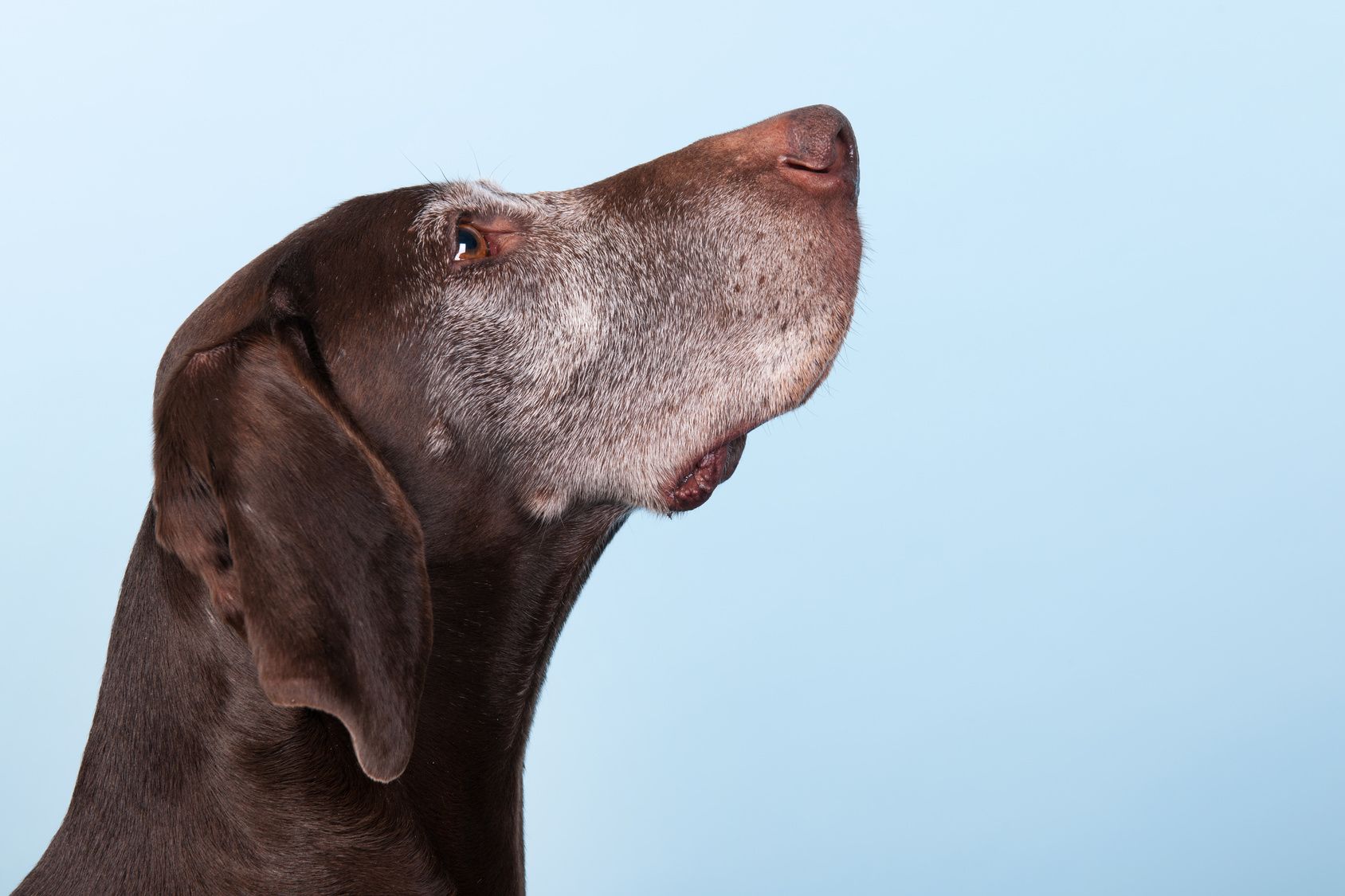Caring for Older Dogs Part Three: Staying Active
Unlock the secrets to keeping your senior dog active and fit. Explore appropriate exercise options, tailored routines, and mental stimulation exercises to ensure they lead a vibrant and healthy lifestyle.

In part three of our series on caring for older dogs, we delve into the importance of exercise for senior dogs and provide practical tips to keep them active, fit, and mentally stimulated. Regular exercise plays a vital role in the overall well-being of senior dogs, offering numerous physical and mental benefits that contribute to their quality of life and longevity.
The Importance of Exercise for Senior Dogs
Regular exercise is essential for senior dogs as it provides a range of physical and mental benefits. It helps manage weight and prevents obesity, which can lead to various health issues. Exercise promotes joint mobility, reducing the risk of stiffness and arthritis. Additionally, regular physical activity supports cardiovascular health, strengthens muscles, and improves overall endurance. Beyond the physical benefits, exercise also plays a crucial role in mental stimulation. It helps prevent cognitive decline, promotes mental sharpness, and alleviates boredom or anxiety. Engaging in exercise keeps senior dogs' minds active and enhances their cognitive abilities.
Appropriate Exercise Options for Older Dogs
When selecting exercise activities for senior dogs, it is crucial to consider their age-related changes and physical limitations. Opting for low-impact activities is ideal, as they are gentle on the joints and minimize stress. Swimming is an excellent low-impact activity that provides cardiovascular exercise and reduces strain on the joints. Gentle walks on even surfaces and slow-paced games, such as fetch with soft toys, are also beneficial for maintaining mobility without causing excessive stress on the joints. In addition to physical exercise, mental stimulation exercises are equally important for senior dogs. Scent games, where they search for treats or toys hidden around the house or yard, engage their olfactory senses and provide mental stimulation. Puzzle toys and interactive games that challenge their problem-solving skills are also great for keeping their minds sharp. Obedience training sessions can be mentally and physically stimulating for senior dogs. Participating in training reinforces their existing skills, strengthens their bond with their owners, and offers mental challenges. Enrichment activities, such as providing toys that require problem-solving, engaging in controlled exploration of new environments, and introducing new smells or textures, can also keep their minds engaged and active.
Tailoring Exercise Routines to Accommodate Age Changes
As senior dogs age, they may experience certain changes that require adjustments in their exercise routines to ensure safety and comfort. Joint stiffness is a common issue in senior dogs. Incorporating warm-up exercises before physical activity can help loosen stiff joints and prepare them for exercise. Joint supplements, such as glucosamine and chondroitin, can provide additional support for joint health. Controlled movements and avoiding high-impact activities help minimize stress on the joints and reduce discomfort. Senior dogs may also have reduced stamina compared to their younger counterparts.
To accommodate this change, it is advisable to have shorter, more frequent exercise sessions rather than long periods of intense activity. Allowing ample rest and recovery time between exercise sessions helps prevent fatigue and supports their overall well-being. Promoting balance, coordination, and flexibility is crucial for preventing falls and maintaining mobility in senior dogs. Incorporating exercises that focus on balance and coordination, such as standing on uneven surfaces or using balance discs, can help strengthen their core muscles and improve stability. Gentle stretching exercises can enhance flexibility and prevent stiffness.
In conclusion, regular exercise is of utmost importance for senior dogs, providing a range of physical and mental benefits that contribute to their overall well-being. By understanding the importance of exercise, selecting appropriate activities, and adapting routines to accommodate age-related changes, we can ensure that our senior dogs maintain their mobility, manage their weight, and enjoy a higher quality of life. Consulting with your veterinarian for personalized guidance based on your senior dog's specific needs and health conditions is crucial. Let's prioritize exercise for our aging companions and support them in leading healthy, happy, and fulfilling lives.
This article is part of a series on caring for your senior dog, click on the links below to find the other artiles in the series covering a range of different topics.
Part One: Senior Dog Health Issues
Part Two: Managing Cognitive Decline
Part Three: Keeping Senior Dogs Active
Part Four: Adapting Your Home


